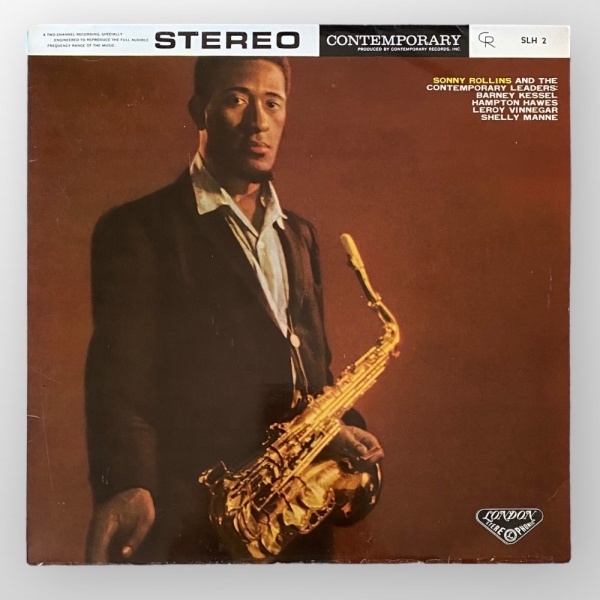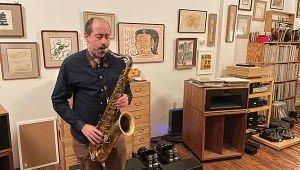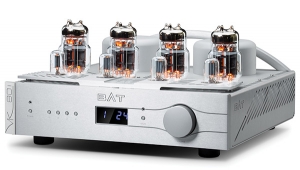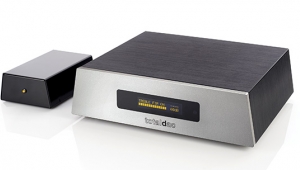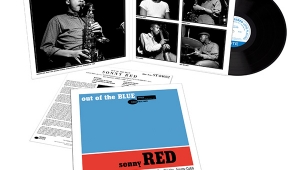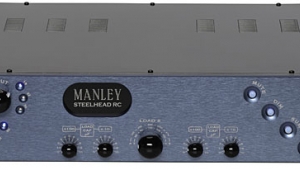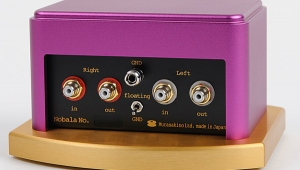| Columns Retired Columns & Blogs |
Thanks for your point that recording/home playback are a completely different ballgame than live performance. Audiophilia is all too caught up in comparing home to live when we'd all be better off appreciating the unique experiences recorded music offers.
